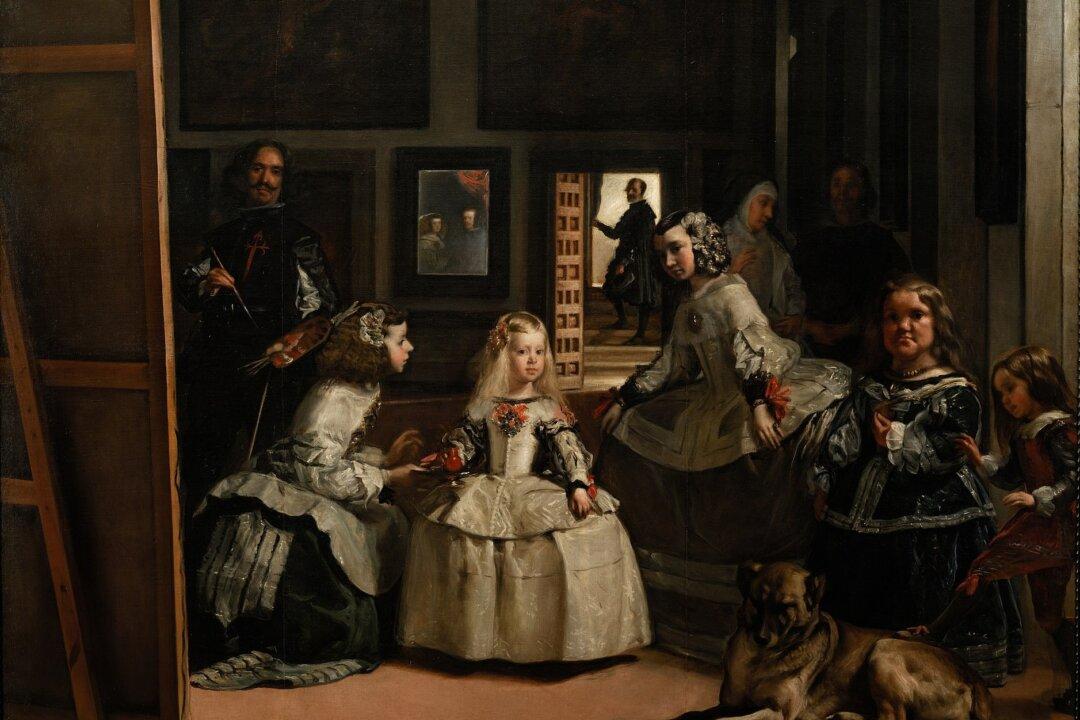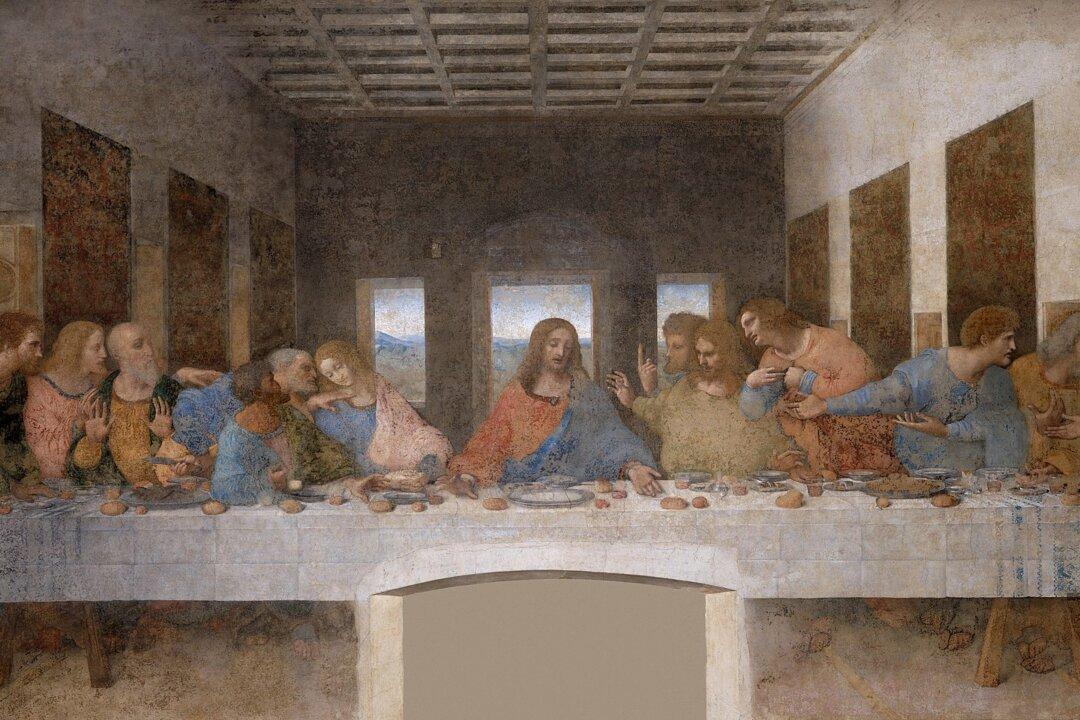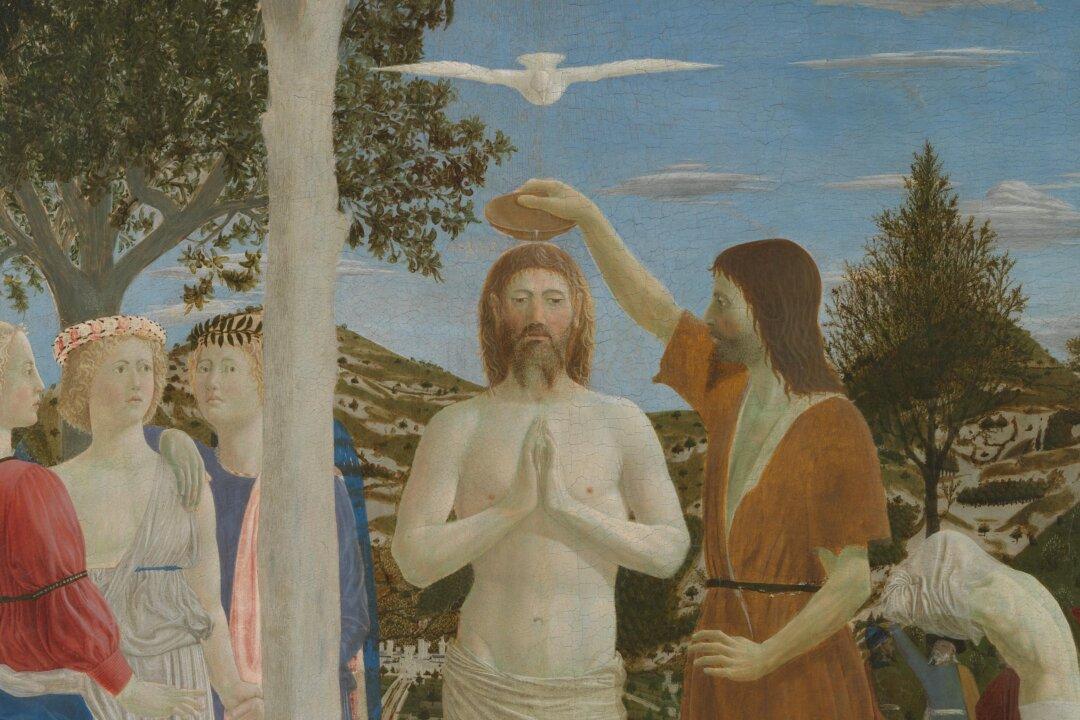Three memories I have of the first time I visited Madrid: the relentless elegance of the women in the fashionable areas, the sumptuous gazpacho at the Ritz Madrid, and seeing “Las Meninas” in the Prado.
Ask an artist or a philosopher today to name the greatest painting in the world and the chances are they will say “Las Meninas” (The Maids of Honor) by Diego Velasquez.






